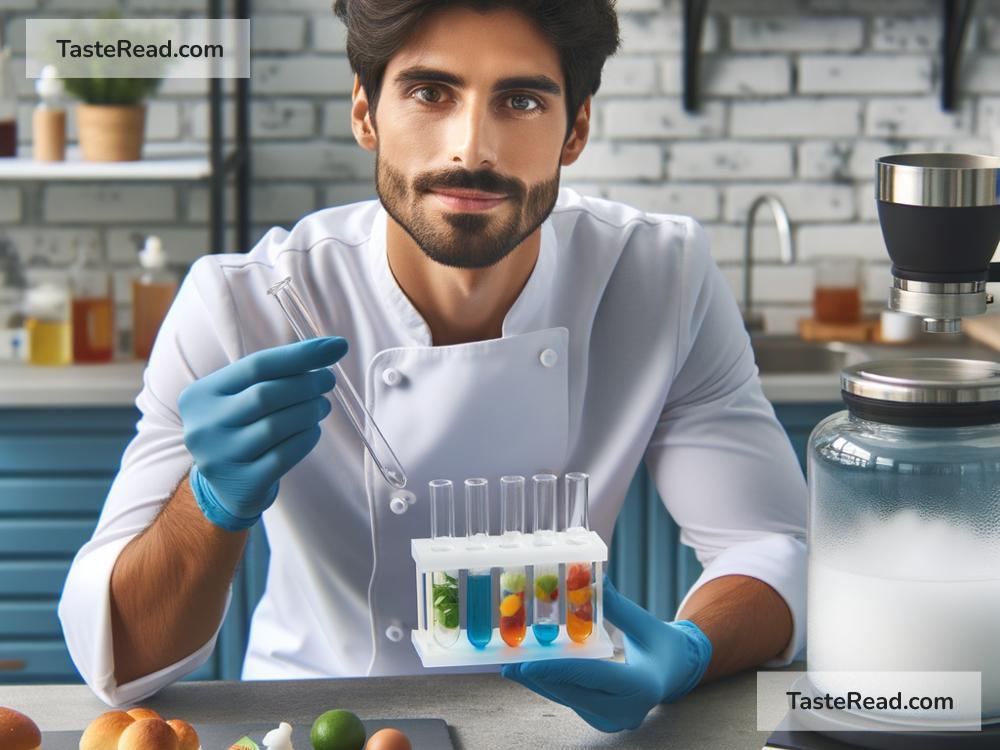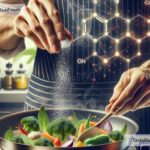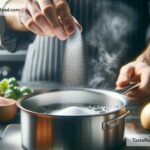The Science of Cooking with Chemical Intelligence: Techniques and Tips
Cooking is not just about mixing ingredients and following recipes; it’s a fascinating science. Every ingredient in your kitchen has unique chemical properties, and how you prepare, combine, and cook them can make or break your dish. When you understand the science behind cooking, you gain chemical intelligence—the ability to work with ingredients in smarter ways to create tastier meals. Let’s explore the science of cooking, along with practical tips to improve your skills in the kitchen.
What Is Chemical Intelligence in Cooking?
Chemical intelligence in cooking means understanding how ingredients interact at the molecular level during different culinary processes—like mixing, heating, fermenting, and freezing. For example:
- Why does bread rise? It’s thanks to yeast, a living microorganism, eating sugars and releasing carbon dioxide gas, which creates bubbles in the dough.
- Why does meat brown when cooked? This occurs through the Maillard reaction, a complex chemical process where proteins and sugars react under heat to create delicious flavors and aromas.
Knowing the “why” behind cooking allows you to tweak recipes, fix mistakes, and experiment confidently in the kitchen.
How Heat Changes Food: The Foundation of Cooking
Heat plays a central role in cooking, as it transforms raw ingredients into flavorful masterpieces. Here’s how heat changes food:
1. Caramelization
- When you heat sugar, it breaks down and transforms into golden, sweet, and slightly nutty-tasting compounds. Caramelization happens in ingredients like onions, fruits, and desserts with sugar.
- Tip: Cook onions slowly over low heat for sweeter, caramelized flavor.
2. Maillard Reaction
- This reaction creates the browned surface on grilled burgers, seared steaks, toasted bread, and baked cookies. Heat causes sugars and proteins to combine and form new flavor molecules.
- Tip: Pat meats dry before cooking to maximize browning.
3. Boiling and Steaming
- Heat makes water molecules move faster, turning liquid water into steam. This keeps food moist while cooking it, like steaming veggies to preserve nutrition and color.
- Tip: Add a pinch of salt to boiling water to speed up the process by slightly increasing the boiling temperature.
4. Denaturation of Proteins
- When heated, proteins in food (like eggs, fish, or meat) unwind and re-bond into new structures. This is why eggs solidify or meat firms up when cooked.
- Tip: Avoid overcooking delicate proteins like fish by using low heat for a tender texture.
Ingredients Are Chemistry in Disguise
Every ingredient contains molecules that react in different ways. Let’s look at how common kitchen ingredients behave chemically:
1. Salt
- Salt doesn’t just add flavor; it also draws moisture out of food (via osmosis), tenderizes meat, and enhances sweetness.
- Tip: Sprinkle salt on chopped vegetables like cucumbers or eggplant to reduce bitterness and remove excess water before cooking.
2. Acids
- Vinegar, lemon juice, and yogurt are acidic ingredients. Acids tenderize tough proteins, brighten flavors, and slow down enzymatic browning in fruits.
- Tip: Marinate meats with an acidic ingredient to make them juicier, but don’t overdo it—too much acid can make them mushy.
3. Fats
- Butter, oils, and other fats carry flavor compounds and help crisp food by frying. They also add creaminess.
- Tip: To make salad dressing, combine oil and vinegar using an emulsifier (like mustard or honey) to keep the mixture from separating.
4. Leavening Agents
- Baking soda, baking powder, and yeast are leavening agents that create bubbles of gas, making baked goods light and airy.
- Tip: Use baking soda for recipes with acidic ingredients (like buttermilk cookies) to ensure balanced chemical reactions.
Enhance Flavors with Science
Great cooking involves balancing flavors and enhancing them with the right techniques. Here are some science-based tips for boosting taste:
1. Layer Flavors
- Build flavors step by step, as some ingredients release their essence at different stages of cooking. For example, sautéing garlic upfront adds depth, while a squeeze of fresh lemon at the end ensures brightness.
- Tip: Taste food as you cook and adjust seasonings gradually.
2. Umami: The Fifth Taste
- Umami is a savory, meaty flavor found in ingredients like mushrooms, soy sauce, tomatoes, and parmesan cheese. It occurs due to glutamate molecules.
- Tip: Add a splash of soy sauce or sprinkle parmesan for an extra savory punch.
3. Control the Balance
- The main flavors—sweet, salty, sour, bitter, and umami—need balance for a delicious dish.
- Tip: Fix overly salty food by adding acidity (lemon juice) or sweetness (honey).
Experiment Like a Scientist in the Kitchen
Cooking is an ongoing experiment—much like chemistry!
- Start Simple: Experiment with one technique or ingredient at a time. Add a pinch of spice or try a new cooking method.
- Learn from Mistakes: Burnt toast is not a failure but a lesson about timing! Write down what worked and what didn’t.
- Use All Your Senses: Smell, taste, and observe—chemical intelligence isn’t just about knowing why; it’s also about noticing how flavors change.
Conclusion
The science of cooking is a blend of art and chemistry. By understanding the chemical reactions behind heat, ingredients, and flavors, you can level up your cooking skills. Chemical intelligence lets you troubleshoot recipes, enhance taste, and get creative, all while ensuring that science is on your side. So, the next time you’re in the kitchen, remember: you’re not just cooking; you’re conducting delicious experiments!


